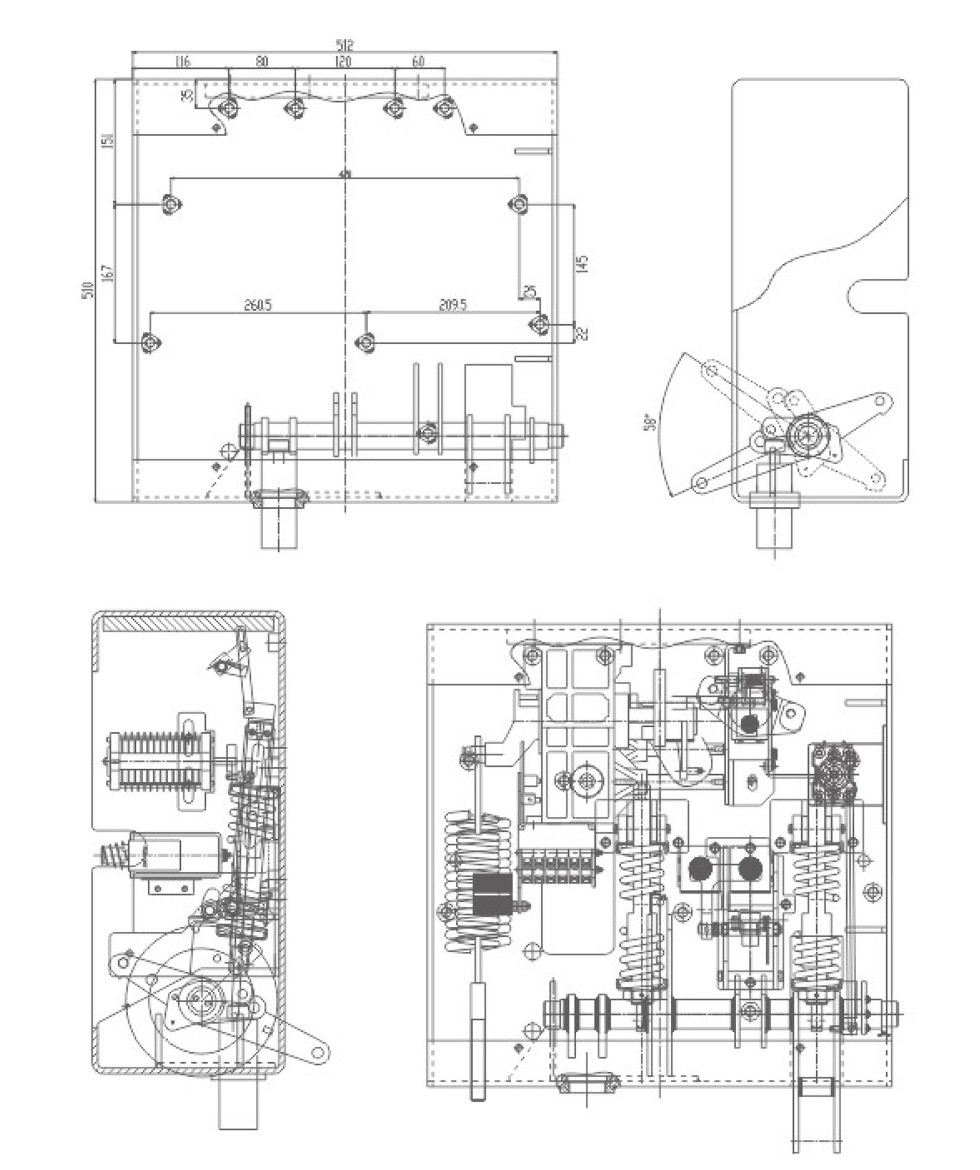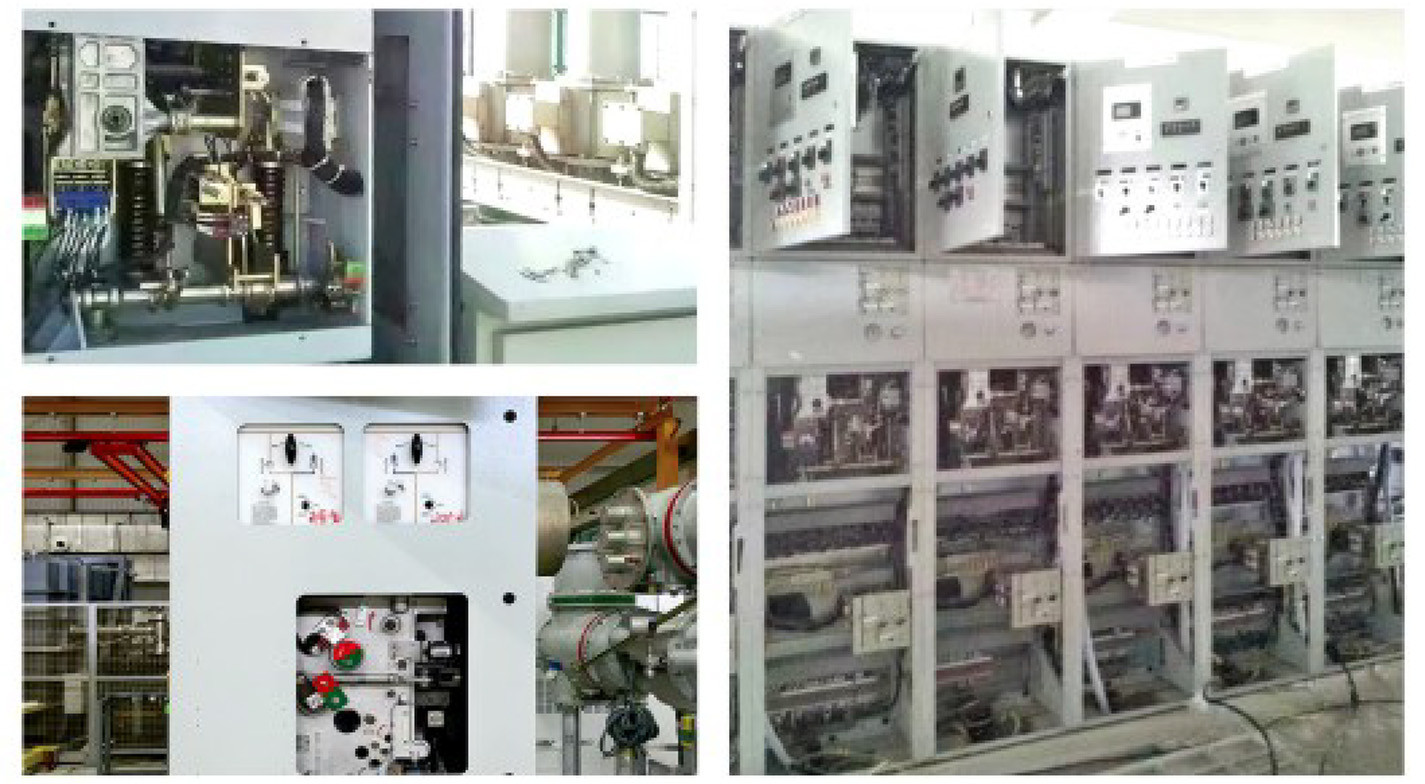The HYT13 spring operating mechanism can be used to operate ZN port-12, ZN port-40.5, ZFN13-40.5 indoor high-voltage vacuum circuit breaker and other outdoor or indoor high-voltage vacuum circuit breakers with equivalent closing function, and its performance meets the requirements of GB1984 "AC high-voltage circuit breaker" and "Technical Requirements" of this product. This mechanism is a spring-operated mechanism, and its distinctive feature is that the mechanism layout is reasonable, easy to adjust, and reliable to close and open. The mechanism can also be operated manually.
The output angle of this mechanism: 52°± 2°
2. Energy storage operating force≤ 100N·m
3. Mechanism stroke: 72mm
4. Mechanism closing function: 370J
5. The energy storage motor adopts a one-way AC and DC dual-purpose motor, technical parameters
|
Model |
HDZ-23580B type |
HDZ-25880B type |
|
Rated operating voltage |
≈220V-110V |
≈220V-110V |
|
Rated output power of the motor |
350W |
550W |
|
Normal operating voltage range |
85%-110% |
85%-110% |
|
Rated operating current |
2.75A |
4.4A |
|
Energy storage time |
≤15s, 2 times a minute≤ |
≤15s, 2 times a minute≤ |
6. The opening and closing solenoid adopts solenoid solenoid, technical parameters
|
Rated operating voltage (V). |
~220 |
~110 |
~220 |
~110 |
~48 |
~24 |
|
Rated operating current (A). |
1.36 |
3.56 |
1.76 |
5.36 |
13.7 |
32 |
|
Rated electrical power (W). |
299.2 |
392 |
387.2 |
590 |
657.6 |
768 |
|
Coil resistance value (Ω) at 20°C |
54 |
10.3 |
125 |
20.5 |
3.5 |
0.75 |
|
Normal operating voltage range |
Closing 85%-120% of rated working voltage |
|||||
|
Normal operating voltage range |
Open 65%-120% of rated operating voltage |
|||||
|
Normal operating voltage range |
When the rated working voltage is less than 30%, it shall not be opened for 3 times |
|||||









